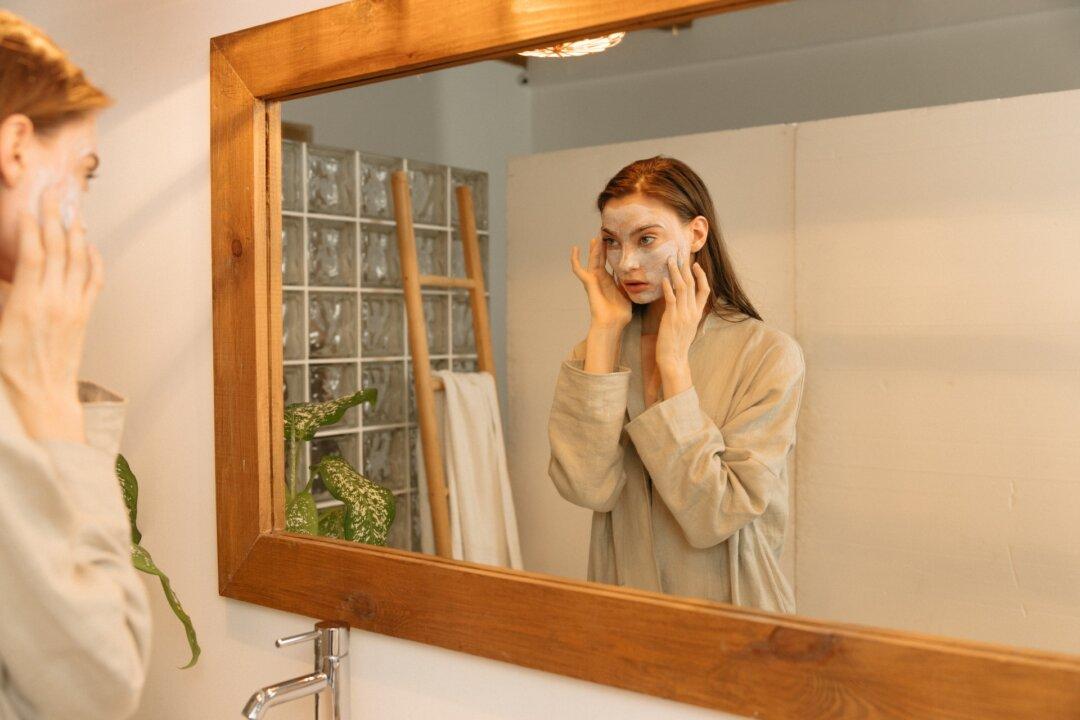How do you feel about the wrinkles around your eyes? Are you at peace with them, or are you looking to make a change? Since we’ve all been wearing masks, we started noticing the upper parts of our faces more. Do you notice drooping on your upper eyelids, hollowness or darkness underneath, or perhaps the dreaded crow’s feet? Let’s talk about what you can do to address eye wrinkles.
Skin specialist Dr. Sam Bunting says that eye wrinkles are among the top concerns for dermatology patients. Our eyes are prominent facial features, revealing emotion, well-being, and a zest for life—they’re important communication tools. When our eyes are bright and sparkly, and the skin around them is beautiful, we feel great about ourselves.





